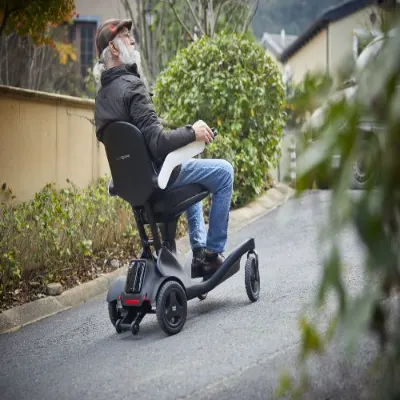
Introduction: The New Era of Inclusive Transportation
For over 1 billion people with disabilities worldwide, transportation remains one of the most significant barriers to independence. Emerging AI technologies are now addressing this through three key approaches: predictive assistance, environmental adaptation, and personalized navigation.
Section 1: Smart Navigation Systems
1.1 Computer Vision Wayfinding
- Microsoft Seeing AI 2.0: Identifies curb cuts, pedestrian signals, and obstacles with 94% accuracy
- WeWALK Smart Cane: Combines LiDAR and crowdsourced accessibility data to reroute around construction zones
1.2 Predictive Public Transit
- TransitApp’s AI Assistant: Forecasts wheelchair-accessible bus/train availability using historical lift maintenance data
- Moovit Inclusive Routing: Prioritizes step-free routes based on real-time elevator outage reports
Section 2: Autonomous Vehicle Innovations
2.1 Wheelchair-Accessible AVs
- Waymo’s Fully Autonomous Ramp System: Computer vision adjusts deployment angle for uneven surfaces
- Toyota e-Palette: AI-powered interior reconfiguration accommodates various mobility devices
2.2 Haptic Feedback Interfaces
- Tesla’s Blind Spot Assist: Converts visual data into vibrational cues for deaf-blind passengers
- GM’s NeuroAdapt Steering: EEG headset enables quadriplegic drivers to control vehicles via brain signals
Section 3: Airport & Urban Infrastructure
3.1 AI-Enhanced Air Travel
- Delta’s Facial Recognition Wheelchair Tracking: Monitors assistive devices through baggage handling
- Clear’s Disability Pre-Check: Biometric screening reduces TSA pat-downs for sensory-sensitive travelers
3.2 Smart City Integration
- Sidewalk Labs’ Accessibility Mapping: AI detects and reports broken elevators/ramps to municipal repair teams
- Bosch’s Crosswalk System: Extends crossing times when detecting slower-moving pedestrians
Ethical Considerations & Future Directions
While current solutions focus on physical navigation, next-generation AI aims for:
- Emotion-aware route planning for autism spectrum travelers
- Brain-computer interfaces for complete paralysis
- Standardized global accessibility data protocols






